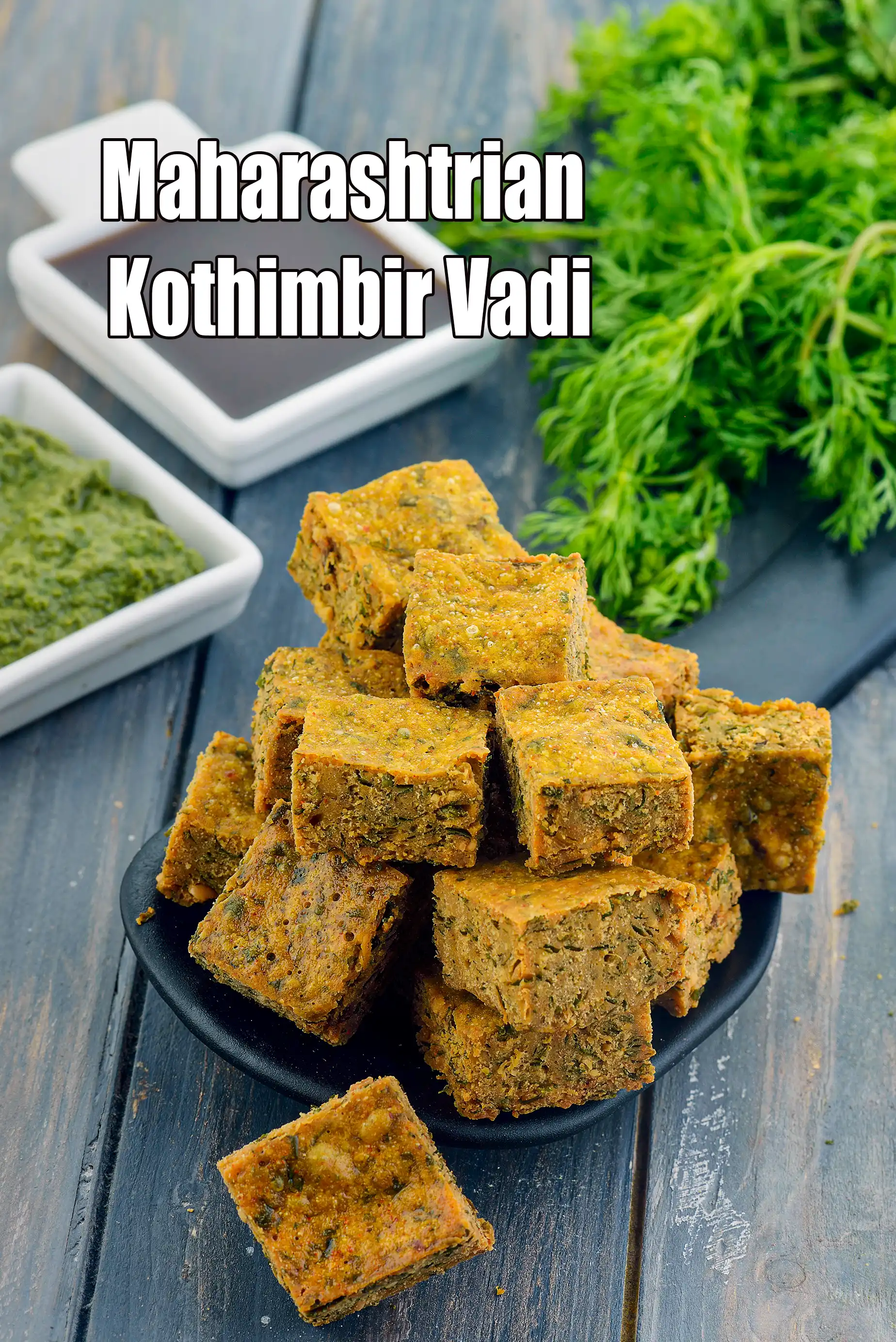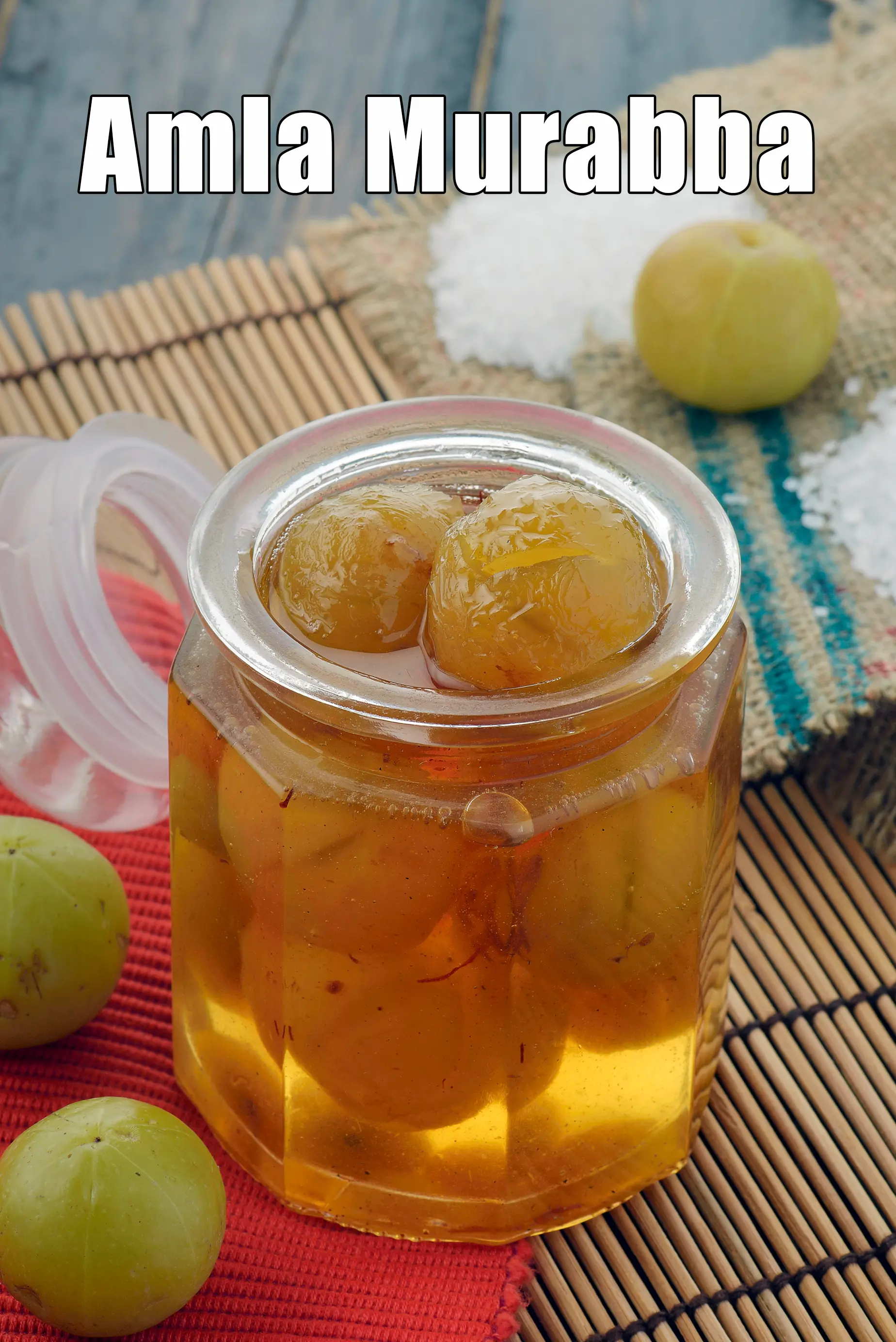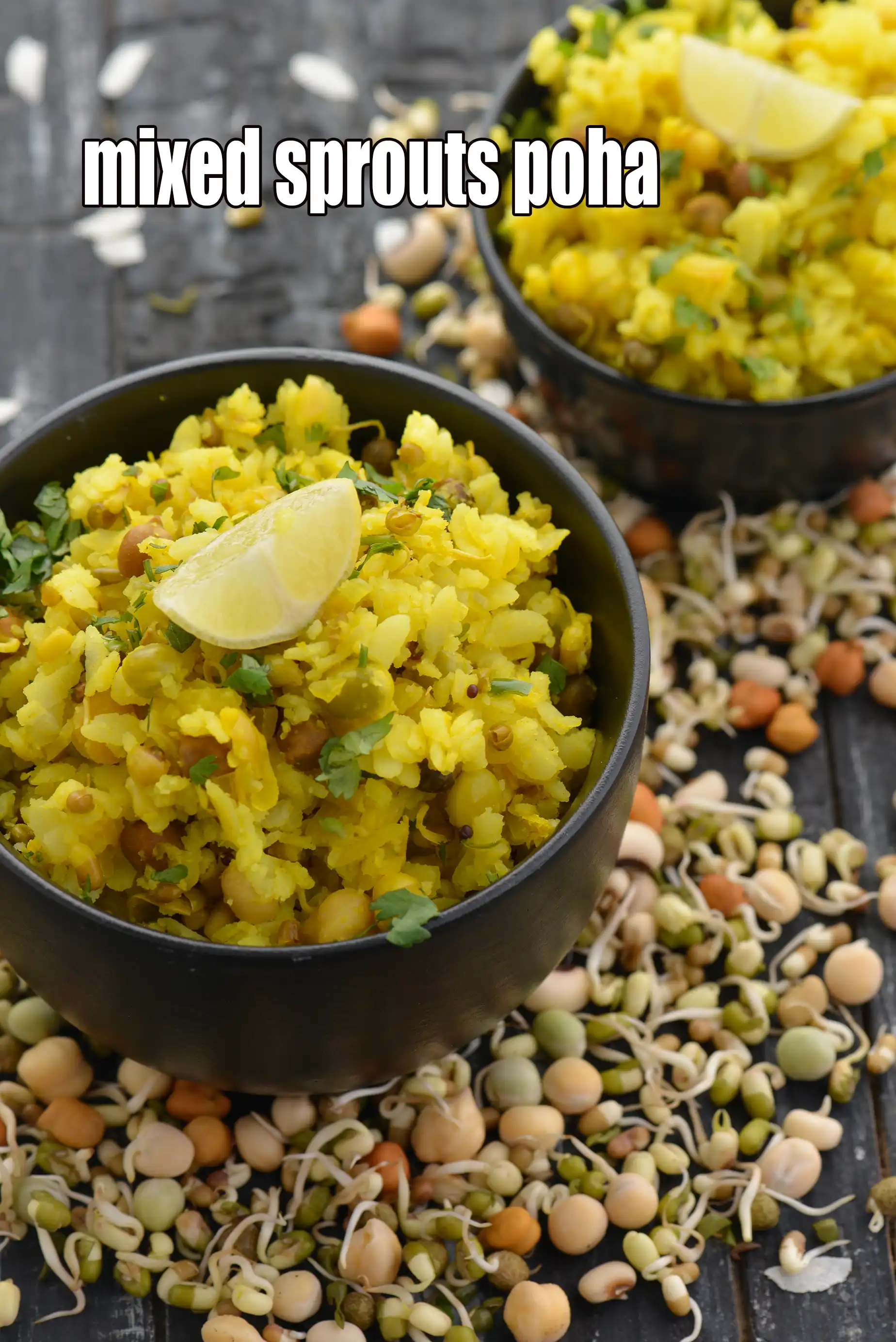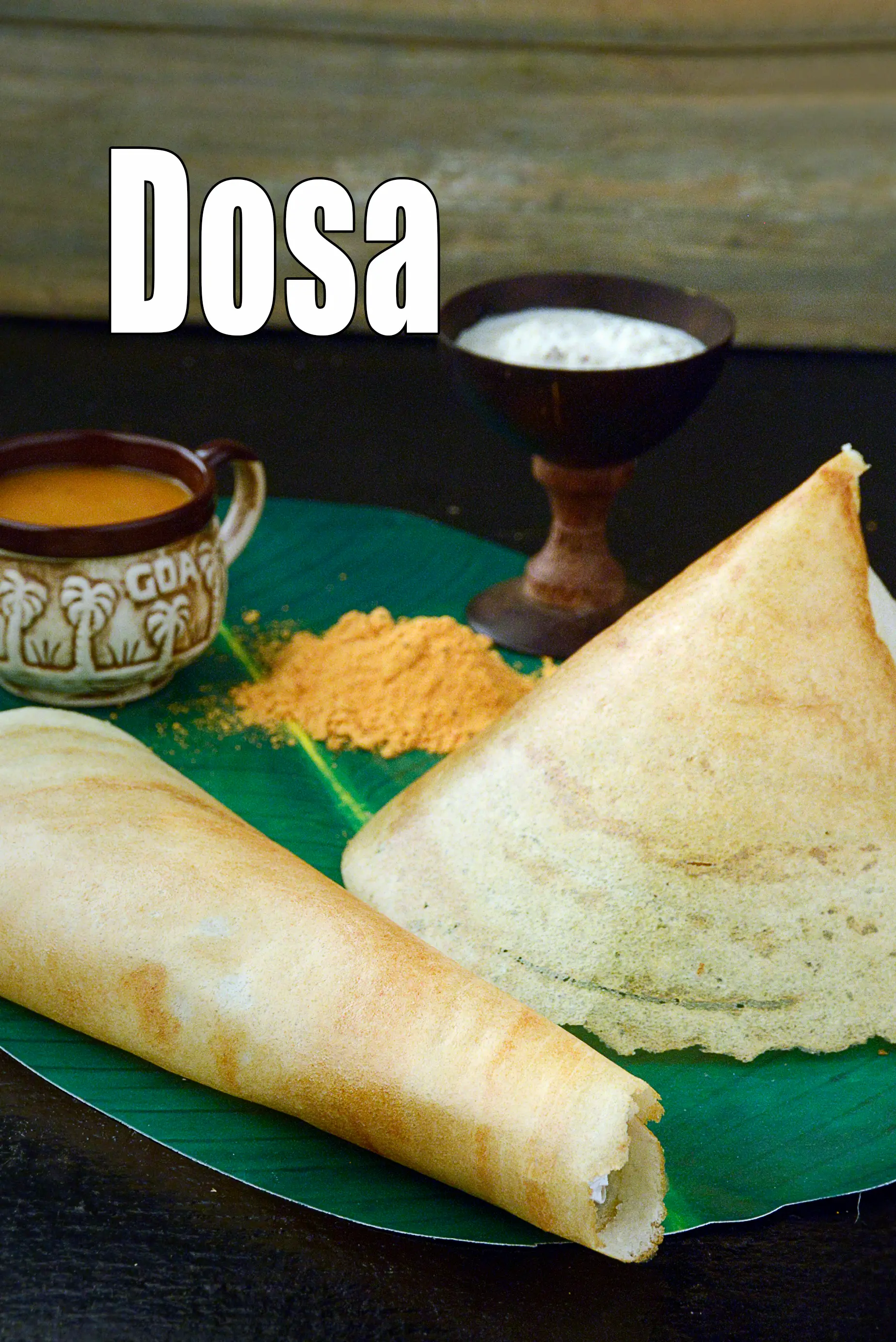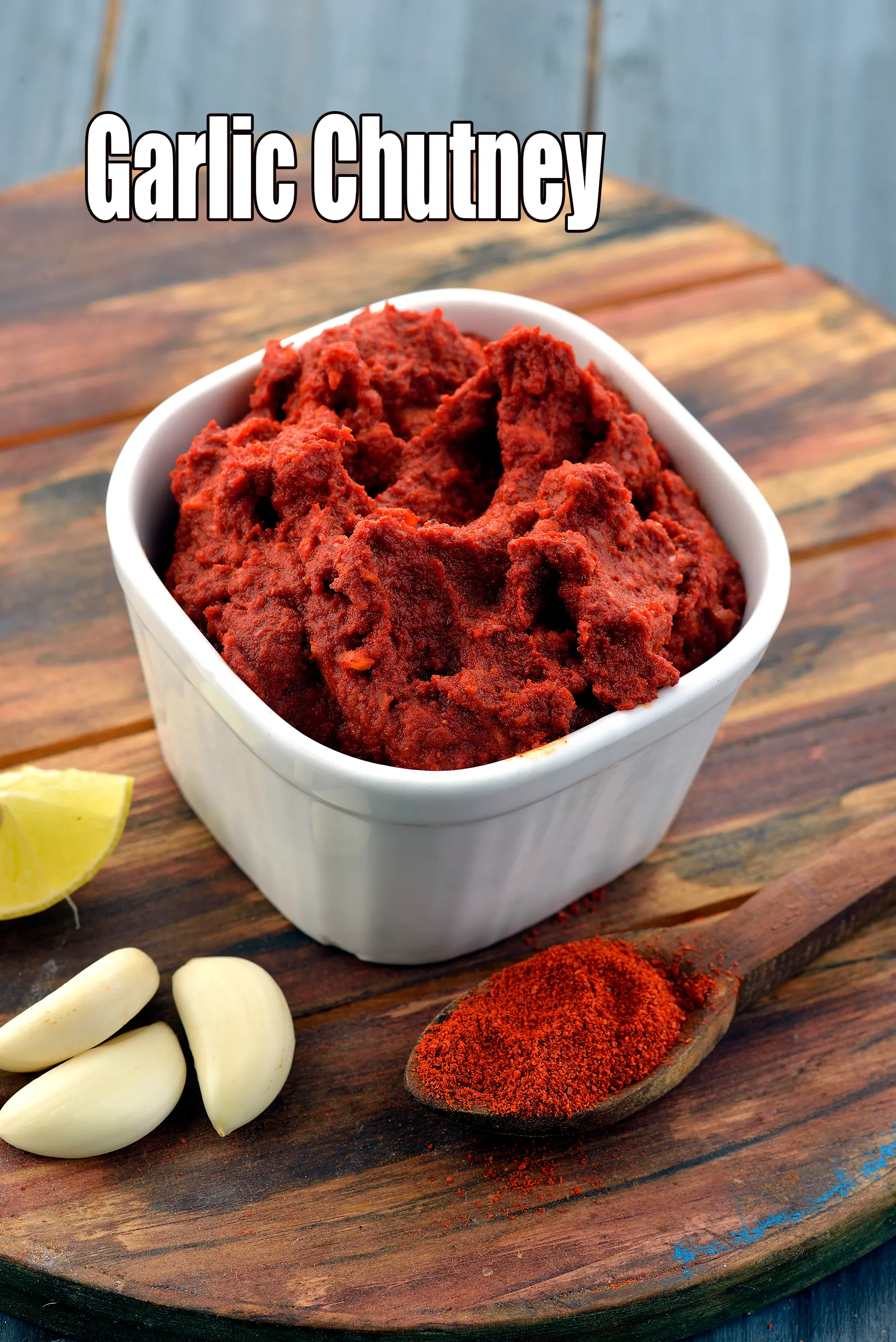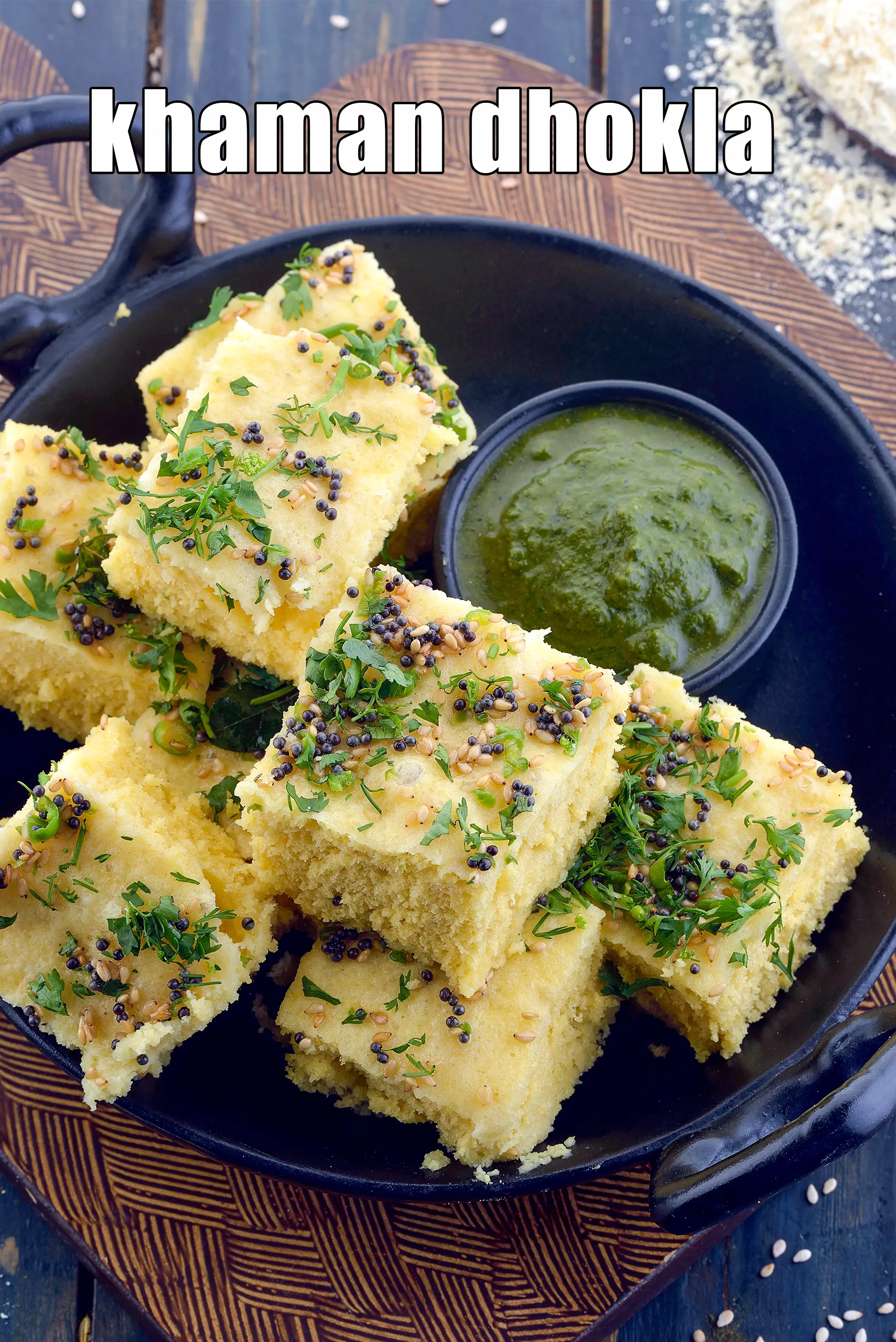What is citric acid (nimbu ka phool) ?

Table of Content
What is citric acid (nimbu ka phool)? Glossary | Uses + Recipes
Citric acid, popularly known as "Nimbu ka Phool" or "Nimbu Sat" in the Indian context, is a versatile organic acid found naturally in citrus fruits like lemons and limes. In India, it's widely recognized as a white crystalline powder with a sharp, tart taste, resembling large salt granules or fine powder. This makes it a convenient and concentrated alternative to fresh lemon juice, especially when a strong acidic flavor or preservative action is required without adding extra liquid. It's an indispensable ingredient in many Indian households and industries due to its diverse applications.
One of the primary uses of citric acid in Indian cuisine is as an acidulant and flavoring agent. It provides a tangy and refreshing sourness to various dishes and beverages. It's commonly used in preparing sweets like Jalebi, Chenna Rabri, and Khaman Dhokla, where its acidity helps in achieving the desired texture and taste. Beyond desserts, it's also added to snacks like Poha Chivda and Amiri Khaman to provide a zesty punch. In many traditional recipes, it serves as a substitute for lemon juice or tamarind, offering consistent acidity.
Beyond flavoring, Nimbu ka Phool plays a crucial role as a preservative in Indian food preparation. Its antioxidant properties and ability to lower pH levels inhibit the growth of harmful bacteria and molds, thereby extending the shelf life of various food products. This is particularly beneficial in canning and picklingprocesses, where it helps prevent spoilage and maintains the color, flavor, and texture of fruits and vegetables, such as in mango pickles or tomato-based gravies. It's also used to prevent the discoloration of cut fruits like apples.
In the Indian dairy industry, citric acid is extensively used for curdling milk to make fresh paneer (Indian cottage cheese). It provides a precise and reliable way to coagulate milk proteins, resulting in soft and fresh paneer, a staple in countless Indian savory dishes and desserts. This application highlights its importance in traditional Indian cooking, offering an efficient method compared to using traditional souring agents like buttermilk or lime juice.
Apart from culinary uses, citric acid also finds applications in household and personal care in India. It's an effective cleaning agent for removing limescale and hard water stains due to its chelating properties. Many household cleaners, especially those marketed as natural or eco-friendly, contain citric acid. It's also used in cosmetics to adjust pH levels and in hair care products for clarifying properties. Its biodegradable nature makes it an environmentally friendly option.
The benefits of citric acid extend to health as well. When consumed through food or supplements, it acts as an antioxidant, helping to protect the body from damage caused by free radicals. It may also aid in digestionand, importantly, helps in the prevention of kidney stones by elevating urinary citrate levels and inhibiting the formation of calcium-based stones. Its versatility, ease of use, and multi-faceted benefits make Nimbu ka Phool a widely appreciated and essential commodity across India, from kitchens to industrial applications.
Also Known as
Nimbu ka Phool, Nimbu ka sat
Citric Acid Crystal
Citric acid in crystal form has granules that are larger than salt. If you get the crystal form you need to make sure the crystals are completely dissolved before adding it to any dish. It does not readily dissolve in cool water. To dissolve the crystal citric acid, first place it along with water into a cooking pot, dissolve it in the hot water on the stove, and then pour it into the soaking solution. Citric acid crystals are sometimes referred to as sour salt in cooking.
Citric Acid Powder
The powdered form of citric acid is sometimes even finer than iodised salt. It can be added to any dish instantly as there is no prior need to soak. Citric acid powder is useful in sprouting, canning, drying or freezing to preserve Vitamin C content, retard spoilage by bacterial growth, and prevent discolouration.
How to Select
• Choose a good brand.
• Do not forget to check the manufacturing and expiry dates stamped on the label.
• Buy in small packets to retain the flavour.
Culinary uses of citric acid (nimbu ka phool)
Citric plays an important role while making Indian dessets or sweets. So try the below recipes and make these amazing recipes for your loved ones.
1. jalebi recipe | authentic jalebi | halwai style jalebi | homemade crispy jalebi without curd and yeast | sticky, sugary, spice-tinged mithai is an all-time favourite in West and North India. It is so popular that for many, by default dessert means Jalebi!

2. Malai Peda | malai peda mithai recipe a richly textured product like khoya, which when flavoured with cardamom and saffron becomes an intensely aromatic dessert that nobody can resist.
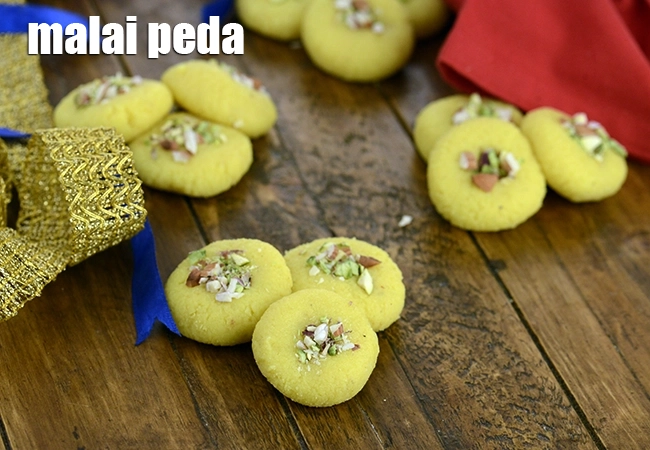
3. Chenna Rabri a delightful dessert all by itself, but adding chopped fruits to it before refrigerating makes it all the more irresistible.
4. Low- Fat Kulfi with Strawberry Sauce visually appealing dessert is very low in fat despite the creamy likeness to authentic kulfi.
Some snack needs sour taste, and citric acid works the best. Try these few recipes below, and enjoy making them too.
1. Poha Chivda beaten rice flavoured with peanut and spices makes a delicious any time snack.
2. Amiri Khaman | amiri khaman in microwave recipe | sev khamani in microwave | quick amiri khaman | Gujarati amiri khaman in microwave a spicy tea-time snack or farsan made of crumbled khaman dhoklas tempered with garlic and mixed with pomegranate seeds and coconut.
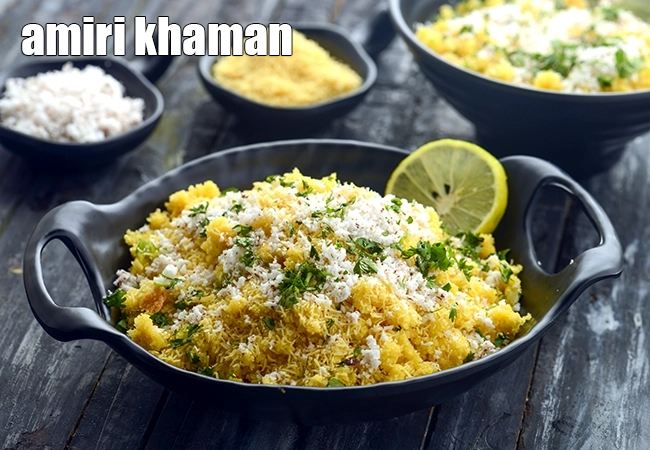
Citric acid is not only used for flavouring but also as a firming compound. Tomato products use citric acid to make canned tomatoes firmer in texture as well as to reduce the pH level to assist with the sterilization process when canning.
• It also prevents canned fruits from darkening.
• When used to curdle milk it produces homemade cottage cheese.
• It is used to enhance the fruit flavour in most candy jells and gummys. Sour gummies contain exceptionally high quantities of citric acid, which gives them their sour taste; they are typically also coated with the citric acid crystals.
• Citric acid is used to give lemonade, jams, sweets and confectioneries their characteristic acidulous flavour.
• It also plays an important role in the stabilisation of oils and nutritional fats, and in vegetable, fruit preserves.
• It can be added to flavour certain drinks, especially soft drinks.
How to Store citric acid (nimbu ka phool)
• Store in a tightly closed container in a cool, dry place.
• Avoid exposure to moisture to retain its properties.
Health Benefits of citric acid (nimbu ka phool)
• Some people might be sensitive to citric acid, in which case they should avoid it as it might irritate their stomach.
• Read labels carefully, since citric acid may be used as a preservative in many more foods than you might expect.

Related Glossary
Follow US
Recipe Categories
- Vitamin B12 Cobalamin Rich Recipes 33 recipes
- Low Calorie, Weight Loss Indian Recipes 421 recipes
- Low Cholesterol Indian Recipes 308 recipes
- Healthy Indian Breakfast 373 recipes
- Indian Diabetic recipes 559 recipes
- Indian Pregnancy recipes 461 recipes
- Zero Oil Indian Recipes 133 recipes
- Iron Rich Indian recipes 268 recipes
- Healthy Indian Acidity recipes 133 recipes
- Healthy Sabzis 108 recipes
- Indian Healthy Veg Snack 276 recipes
- Healthy Heart Recipes 415 recipes
- Healthy Veg Indian Soups 74 recipes
- Calcium Rich Indian Recipes 373 recipes
- High Blood Pressure Indian Recipes 103 recipes
- Healthy Indian Salads Recipes 137 recipes
- Low Carb Indian Diet, recipes 163 recipes
- Hypothyroidism Diet 63 recipes
- Arthritis Diet 68 recipes
- High Protein Indian recipes 94 recipes
- Vitamin K Diet 42 recipes
- Fatty Liver Diet 39 recipes
- PCOS 136 recipes
- Gluten Free Veg Indian 196 recipes
- High Fiber 328 recipes
- Indian Cancer Patients 275 recipes
- Jaundice Diet 45 recipes
- Sprouts 61 recipes
- Typhoid 43 recipes
- Irritable Bowel Syndrome (IBS) 23 recipes
- Kidney Stone Diet 10 recipes
- Home Remedies 213 recipes
- Senior Citizen 195 recipes
- Healthy Indian Drinks and Juices 213 recipes
- Diet for Dialysis 10 recipes
- Gout Indian Recipes 17 recipes
- Potassium Rich 80 recipes
- Vegan 195 recipes
- Indian recipes to treat Vomiting 8 recipes
- Forever Young Diet, Anti Aging Indian Diet 255 recipes
- Antioxidant Rich Indian 445 recipes
- Vitamin B1 Rich Indian Foods, Recipes 101 recipes
- High in Omega 3 Fatty Acids 32 recipes
- Zinc Rich Foods 55 recipes
- Vitamin A Rich, Beta Carotene, Retinol 89 recipes
- Malaria Diet 19 recipes
- Magnesium Rich 94 recipes
- Healthy Indian Dinner 85 recipes
- Vitamin C Rich Indian recipes 118 recipes
- Low Veg Glycemic Index 86 recipes
- Lower Blood Pressure Salads 8 recipes
- Healthy Indian Lunch Recipes 29 recipes
- Lactation 25 recipes
- Vitamin E Rich 51 recipes
- Hyperthyroidism Diet 47 recipes
- Vitamin B3, Niacin Rich 41 recipes
- Post Surgery Diet 42 recipes
- Selenium 27 recipes
- Lower Blood Pressure Desserts Sweets 14 recipes
- Phosphorus Rich Indian Recipes, Foods 74 recipes
- Copper 15 recipes
- Foods Rich in Vitamin B2 Riboflavin 22 recipes
- Vitamin B6 Diet 36 recipes
- B Vitamins 231 recipes
- Vitamin B9 Rich Folate 50 recipes
- Marathoners, Endurance Athletes, Triathlete 225 recipes
- Manganese Diet 32 recipes
- Thalassemia 18 recipes
- Detox Water, Fruit Infused Water 42 recipes
- Lactose Free Dairy Free 22 recipes
- Omega 6 Fatty Acids 32 recipes
- Phytonutrients 51 recipes
- Chronic Kidney Disease Indian recipes 12 recipes
- Selenium1 0 recipes
- Quick Snacks / Quick Starters 385 recipes
- Quick Breakfast Indian 131 recipes
- Quick Sabzis 117 recipes
- Quick Rotis / Parathas 46 recipes
- Quick Indian Sweets 139 recipes
- Quick Stir-Fries 51 recipes
- Quick Vegetarian Indian Soups 72 recipes
- Quick Chutneys 67 recipes
- Quick Vegetarian Rice, khichdi Recipes 56 recipes
- Indian snacks under 10 minutes 44 recipes
- Quick Indian Dips, Gravies & Sauces 105 recipes
- Quick Veg Indian Pizza 17 recipes
- Quick Veg Pasta 25 recipes
- Quick Pickles / Aachar 25 recipes
- Quick Dals / quick Kadhis 29 recipes
- Snacks under 5 minutes 33 recipes
- Quick Healthy Recipes 43 recipes
- Quick Pressure Cooker 46 recipes
- Quick Desserts 47 recipes
- Quick 3 Ingredients 63 recipes
- Quick Indian Desserts 20 recipes
- Quick 4 Ingredients 41 recipes
- Quick 5 Ingredients 42 recipes
- Kids Tiffin Box 319 recipes
- Recipes for Toddlers (1-3 Years) 32 recipes
- Sweet Recipes for Kids 456 recipes
- Recipes for Baby (10 to 12 Months) 17 recipes
- Quick Indian recipes for Kids 72 recipes
- Indian Breakfast Recipes for Kids 192 recipes
- Recipes for Weaning (8 to 9 months) 22 recipes
- Healthy Foods for Kids 196 recipes
- Snack Recipes for Kids 619 recipes
- Recipes Kids can make 36 recipes
- Kids After School 794 recipes
- Kids Jar Snacks 66 recipes
- Finger Foods for Babies, Toddlers and Kids 76 recipes
- Kids Weight Gain 43 recipes
- Kids Wraps and Rolls 23 recipes
- Kids Veg Pasta 27 recipes
- Kids Brain Boosting 68 recipes
- Protein rich food for kids 71 recipes
- Recipes for Weaning 15 recipes
- Kids Pizzas 30 recipes
- Babies, Toddler and Kids Iron Rich Foods 31 recipes
- High Fiber Foods for Kids 39 recipes
- Kids Noodles 37 recipes
- Kids High Energy Indian Foods 103 recipes
- Kids Calcium Rich Indian recipes 92 recipes
- Babies recipes, 6 to 18 months 34 recipes
- Kids Recipes for Increasing Immunity 10 recipes
- Kids Weight Loss 58 recipes
- Teething Recipes for Babies 10 recipes
- Cereals and Pulses for 8 to 9 months Baby 8 recipes
- Weaning foods at 7 months 12 recipes
- Indian Teen 315 recipes
- Starters / Snacks 2138 recipes
- Indian Breakfast Recipes 819 recipes
- Main Course Recipes 925 recipes
- Indian Salads 385 recipes
- Indian Desserts , Sweets 985 recipes
- Indian Soups 249 recipes
- Indian Beverages, Indian Drinks 483 recipes
- Indian Dinner 903 recipes
- Indian Dinner1 0 recipes
- Indian Lunch 829 recipes
- Side Dishes 449 recipes
- Indian Travel Food 433 recipes
- Indian Barbeque1 recipes 22 recipes
- Frozen Foods, Indian Freezer Recipes 67 recipes
- Whole Wheat Recipes 56 recipes
- Indian Comfort Foods 212 recipes
- Dinner Menus 56 recipes
- Easy Indian Veg 70 recipes
- Innovative Indian Recipes 27 recipes
- No Cook Indian 37 recipes
- Advanced Recipes 10 recipes
- Cakes with Eggs 13 recipes
- Microwave 229 recipes
- Oven 619 recipes
- Indian Steamer Recipes 102 recipes
- Kadai Veg 407 recipes
- Indian Barbeque Recipes 43 recipes
- Sizzler tray 15 recipes
- Mixer 566 recipes
- Pressure Cooker 315 recipes
- Tava 647 recipes
- Non-stick Pan 1393 recipes
- Indian Freezer recipes, meals 57 recipes
- Appe Mould 18 recipes
- Pan 223 recipes
- Non Stick Kadai Veg 203 recipes
- kadai Indian 150 recipes
- Refrigerator 176 recipes
- Waffle Indian recipes 6 recipes
- Handi 12 recipes
- Juicer and Hopper 65 recipes
- Grill 31 recipes
- Toaster 21 recipes
- Gas Toaster 8 recipes
- Steam 72 recipes
- No Cooking Veg Indian 335 recipes
- Vegetarian baked Indian recipes 380 recipes
- Boiled Indian recipes 129 recipes
- Deep Fry 260 recipes
- Indian Tawa 265 recipes
- Shallow Fry Indian 25 recipes
- Microwave1 172 recipes
- Saute 273 recipes
- Indian Pressure Cooker 171 recipes
- Stir-fry 101 recipes
- Roasting 0 recipes






